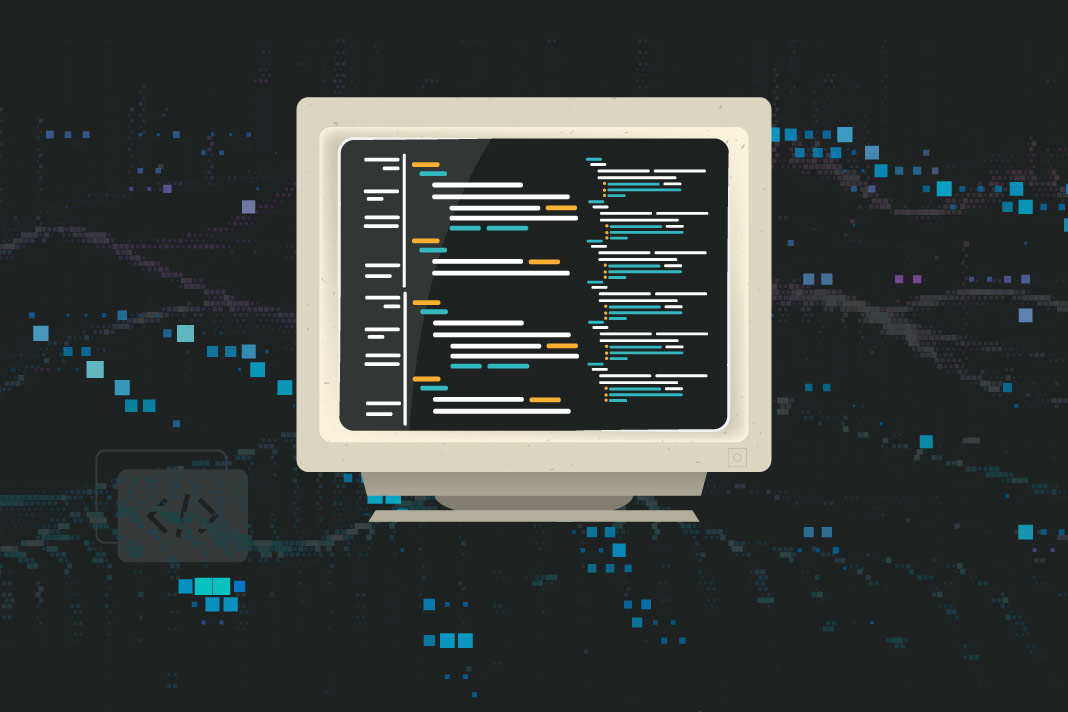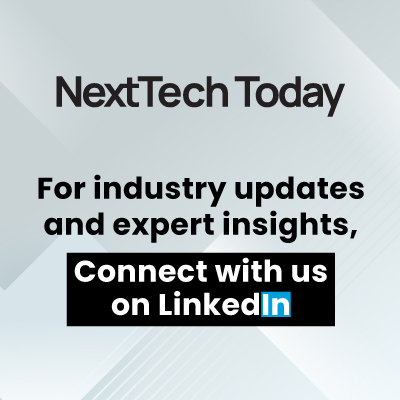“Vibe coding” and “vibe analytics” are redefining how we code and analyze data. Are they a lasting tech shift or just hype? Explore their real-world impact.
The tech world is abuzz with new terms, and “vibe coding” and “vibe analytics” are quickly gaining traction. Coined by former Tesla AI director Andrej Karpathy, “vibe coding” describes an almost effortless approach to programming where large language models (LLMs) do the heavy lifting. This isn’t traditional coding; it’s an improvisational dance with AI, where developers “see stuff, say stuff, run stuff, and copy-paste stuff, and it mostly works.” This seemingly casual methodology has spilled over into data analysis, giving rise to “vibe analytics.”
But are these “vibe” approaches a fundamental, disruptive shift in how we interact with technology and data, or just another fad in the ever-evolving tech landscape?
The Essence of “Vibe”: From Syntax to Intuition
At its core, the “vibe” phenomenon represents a radical departure from traditional, rigid processes. For programming, vibe coding transforms code writing from meticulous syntax into guiding an intention. Instead of crafting lines of code from scratch, developers engage in a dynamic conversation with LLMs, refining prompts and observing immediate results.
Similarly, vibe analytics redefines data interaction. Gone are the days of rigid data queries and static dashboards. In the “vibe era,” data analysis becomes a conversation, a “jam session” where human intent aligns with machine interpretation through improvisational interaction. It’s not just pattern recognition; it’s pattern negotiation. This shift allows leaders to engage directly with data, surfacing unexpected patterns and accelerating decision-making without requiring specialized data teams to translate business questions into technical queries.
“Vibe” in Action: Beyond the Hype
Compelling real-world examples that illustrate the power of vibe analytics:
- Telecommunications Giant: In a mere 90 minutes of LLM-mediated interaction, a large Southeast Asian telecom company fundamentally rethought its multibillion-dollar B2B product portfolio. This session led to the preliminary identification of mispriced offers, new bundling opportunities, and a novel SLA scoring system—insights that typically take months to generate.
- Cybersecurity Unicorn: A cybersecurity SaaS company leveraged vibe analytics to uncover actionable insights from a raw Excel spreadsheet of 30,000+ “freemium” customers. The initial insights, refined through iterative prompting, led to discoveries about customer pain points that their legacy systems and Net Promoter Score (NPS) had failed to capture.
- Financial Services Company: A financial services team transformed hundreds of customer support transcripts into an “interrogatory/improvisational playground.” Diverse teams—without data scientists—used LLMs to identify customer churn predictors, revise agent scripts, and uncover customer personas that legacy segmentation analytics had missed.
These examples highlight a crucial takeaway: vibe approaches empower rapid, direct engagement with data and foster cross-functional collaboration. The value isn’t just in the insights generated, but in the new ways teams interact with information and each other, leading to alignment and coordination that traditional methods often lack.
The Shift: Knowledge as Improvisation, Not Artifact
The profound nature of this change lies in its redefinition of “knowledge.” Traditional approaches view knowledge as a static artifact—a meticulously crafted code base, a polished report, or a perfectly structured dashboard. However, vibe coding and vibe analytics usher in an era where knowledge is a basis for improvisation. It’s about continuous exploration, refinement, and evolution of understanding through dynamic dialogue with AI.
This fundamental shift challenges the established order of data analytics:
- Traditional Pipeline: Define question → Structure query → Execute models → Visualize results → Interpret dashboard. This process is linear, often siloed, and introduces translation delays.
- Vibe Analytics Chain: Express intent → Observe results → Refine prompt → Discover patterns → Evolve understanding. This process is iterative, collaborative, and collapses the traditional analytical chain.
Challenges and Considerations: The Road Ahead
Despite the promising early results, “vibe” approaches are not without their caveats.
Data Quality: The Non-Negotiable Foundation
The article emphatically warns: No GIVO (garbage in, vibes out) loophole exists. Questionable data quality, instead of merely limiting effectiveness, can amplify errors and lead to deceptively coherent but ultimately misleading insights. While LLMs can help identify data quality issues by exposing inconsistencies, reliable improvisation demands a mature data environment with established governance, lineage, and quality controls. Organizations with significant data quality issues should approach vibe analytics as a “provocateur” to highlight problems, rather than a precision tool.
Security and Governance: Balancing Freedom and Framework
The improvisational nature of vibe analytics necessitates robust security and governance frameworks. Sensitive data, like personally identifiable information or financial details, requires strict access controls, anonymization, or synthetic data generation. LLM interactions with enterprise data must occur in secure, controlled environments to ensure accountability and compliance. The goal is not to stifle exploration but to create safe spaces for innovation while respecting security and compliance requirements.
Redefining Rigor: Beyond the Formal
Perhaps the most significant pushback to “vibe” approaches comes from traditional experts who perceive them as “rigor-free” or “irresponsible.” However, the article argues that rigor isn’t abandoned in vibe analytics; it’s reframed. It moves from predetermined analytical pathways to systematic questioning, challenging assumptions, and testing insights against counterexamples. This “structured improvisation” stimulates critical thinking and can surface blind spots that rigid, hypothesis-driven approaches might miss.
Vibe: A Glimpse into the Future?
The parallels between resistance to vibe coding and vibe analytics are striking: “This isn’t real analysis” mirrors “This isn’t real programming.” This resistance often stems from experts defending “knowledge-as-artifact” approaches against “knowledge-as-emergence” alternatives.
However, if successful implementations can effectively balance freedom with framework, improvisation with intention, and dialogue with direction, the “vibe” approach could be here to stay. The article even postulates a broader trajectory:
Vibe Coding → Vibe Analytics → Vibe Research → Vibe Strategy → Vibe Design
This compelling logic suggests that any domain where human intent can productively guide machine pattern recognition through improvisational dialogue is ripe for transformation. Imagine a future where code improvisation seamlessly feeds into analytical improvisation, which then informs strategic improvisation, creating new forms of organizational intelligence.
So, Is It a Fad or Here to Stay?
Given the demonstrated power to accelerate insights, democratize analytical capabilities, and foster new forms of collaboration, dismissing “vibe” approaches as merely a passing fad is difficult. While data quality and governance challenges are real and need to be addressed, the fundamental shift they represent—from rigid, artifact-driven processes to dynamic, improvisational engagement with AI—seems to be a powerful and potentially enduring paradigm.
The “vibe” is more than just a buzzword; it’s a descriptor for a new way of working, driven by the capabilities of generative AI. It’s a method that values iterative exploration and collaborative discovery, enabling organizations to be more agile and responsive. While its full impact and long-term sustainability will continue to unfold, the initial evidence strongly suggests that “vibe analytics” and “vibe coding” are not just fleeting trends but relatively early indicators of a significant evolution in how we interact with technology and unleash human potential.
What are your thoughts on “vibe coding” and “vibe analytics”? Do you see them becoming standard practice in your industry, or do the challenges outweigh the benefits for now?



